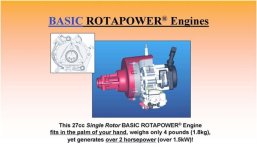HoverBoarder
10 W
- Joined
- Oct 10, 2010
- Messages
- 78
Hello,
I have four 18A 12V fans that I want to control in unison, and If it is possible, I would like to use one motor controller for all four fans. The controller I have been looking at is a 12-24V 200A brushless and sensorless controller from Kelly Controls with a 100A constant current limit (four 18A fans would have a constant current of 72A).
Here's a link to the controller:
http://www.kellycontroller.com/ksl2420012v-24v200asensorless-bldc-controller-p-654.html
Here's a link for the fans:
http://www.ffdynamics.com/FFD3600B.html

Do you think this would work?
If four fans in paralell is too much would two fans in paralell work?
Thanks!
I have four 18A 12V fans that I want to control in unison, and If it is possible, I would like to use one motor controller for all four fans. The controller I have been looking at is a 12-24V 200A brushless and sensorless controller from Kelly Controls with a 100A constant current limit (four 18A fans would have a constant current of 72A).
Here's a link to the controller:
http://www.kellycontroller.com/ksl2420012v-24v200asensorless-bldc-controller-p-654.html
Here's a link for the fans:
http://www.ffdynamics.com/FFD3600B.html

Do you think this would work?
If four fans in paralell is too much would two fans in paralell work?
Thanks!







